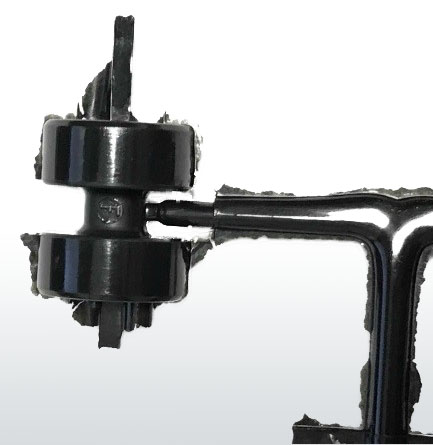Thermoset Molding Processes
As a moldable plastic composite, thermosets can be molded in similar molding processes as thermoplastics such as nylon, ABS, and polypropylene. They can be injection molded, compression molded, and transfer molded. Each molding process offers different benefits and disadvantages depending on the finished part’s geometry, assembly, and commercial aspects of the program. OEMs and molders must take into consideration all variables of a part and how it is used to determine the best molding process to make the part. While there may be multiple molding processes that can successfully produce the part, some processes may be more advantageous based on pricing or quality specifications.
Injection Process

Compression Process
Some applications may require additional material strength over an injection process. Compression molding offers the highest strength molding process for finished parts. Depending on an product application’s requirements, an injection molding process may not offer the needed strength characteristics for a finished part and the part will need to be compression molded. Compression molding also eliminates gating for parts, as material is placed directly into the mold instead of using a runner system to feed parts with material. The drawback for compression molding vs injection molding is a more costly, laborious process that is only necessary if a part cannot achieve the end characteristics with an injection molded part.



Comments are closed